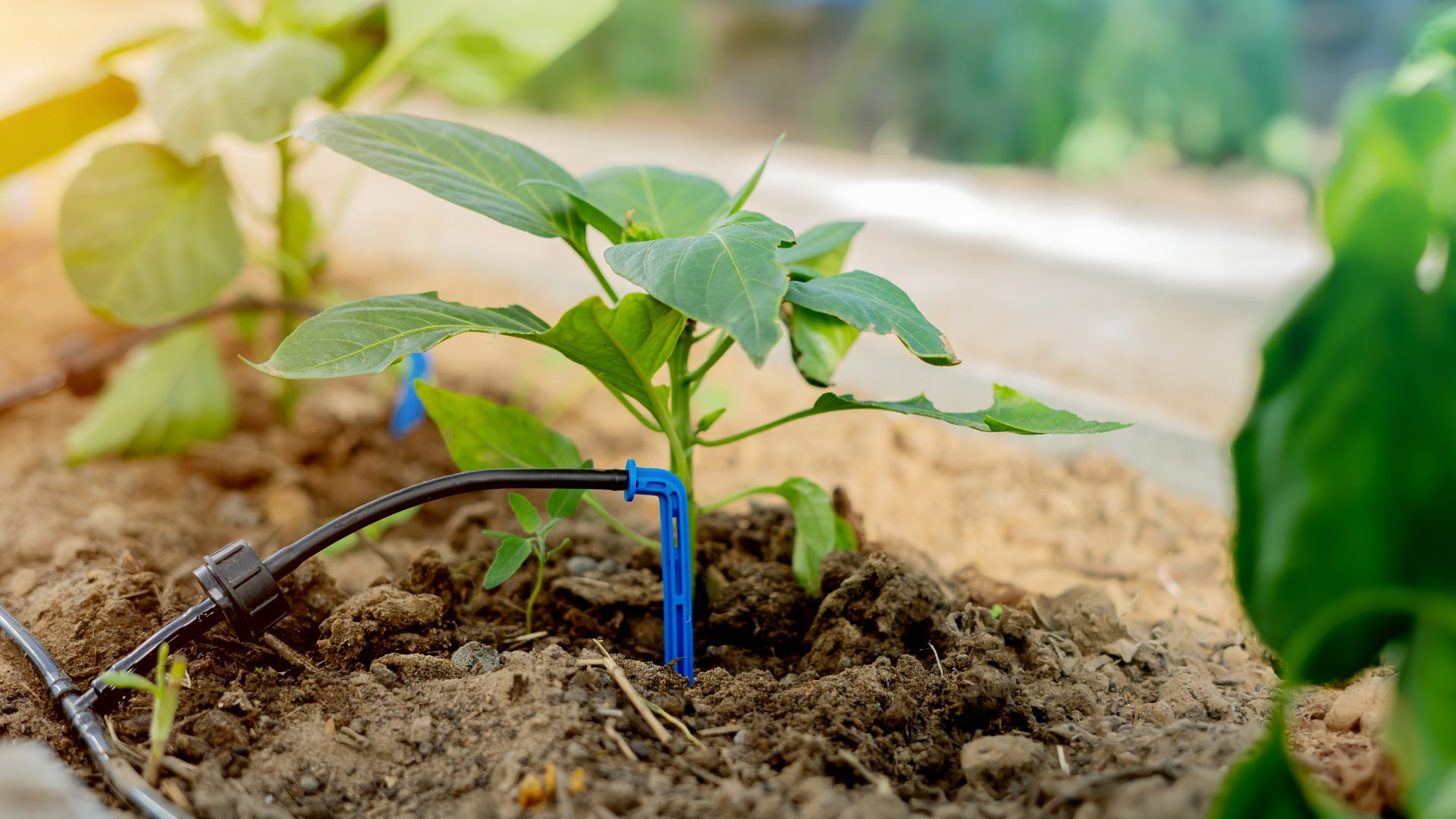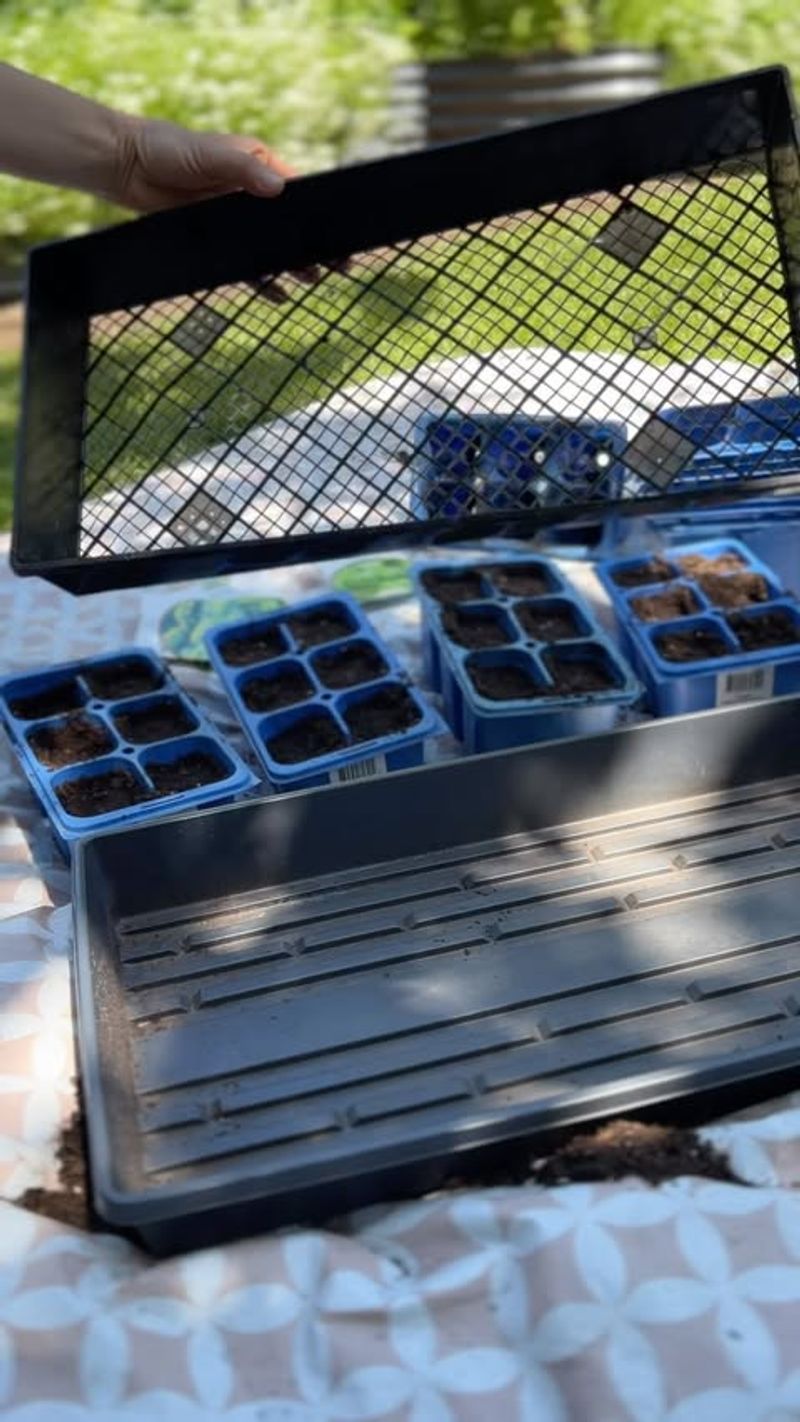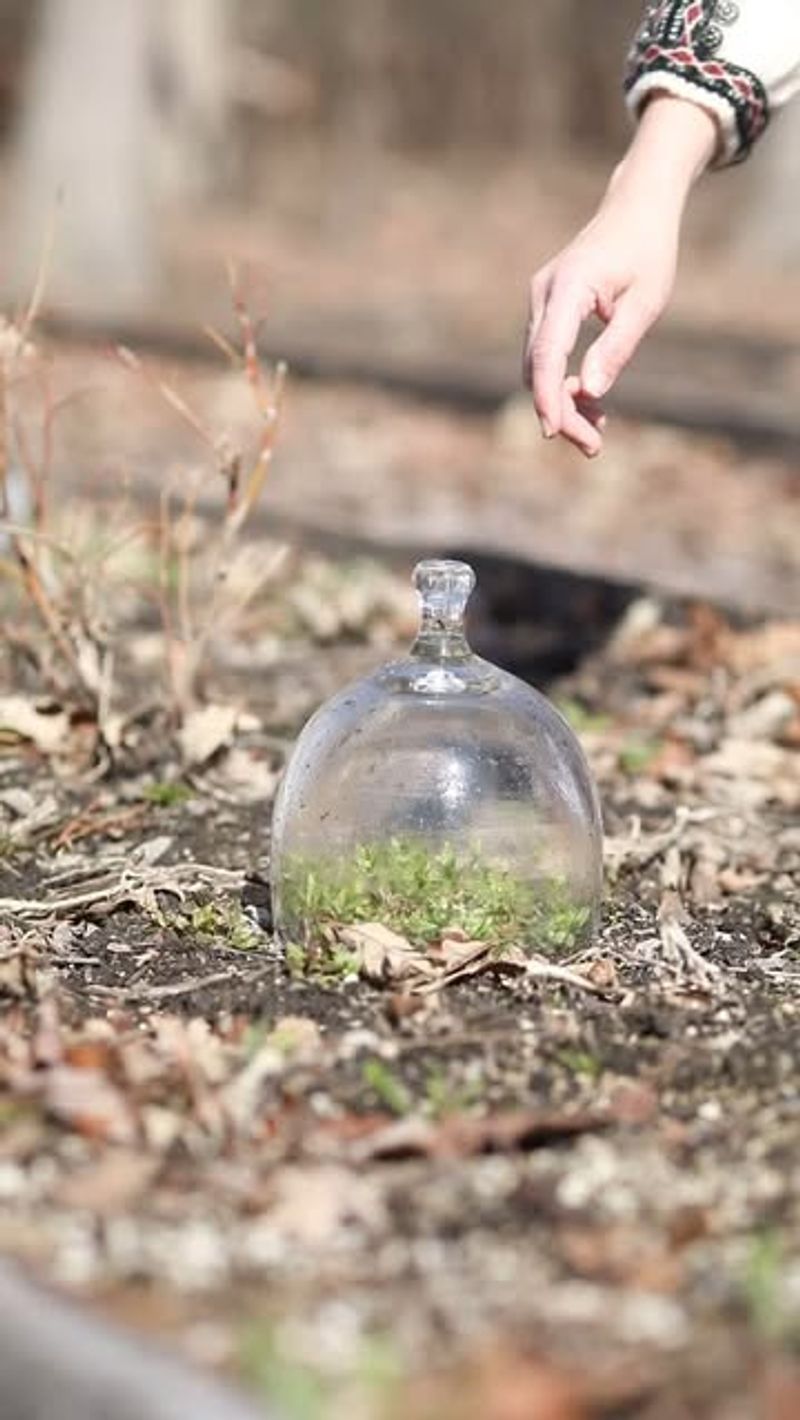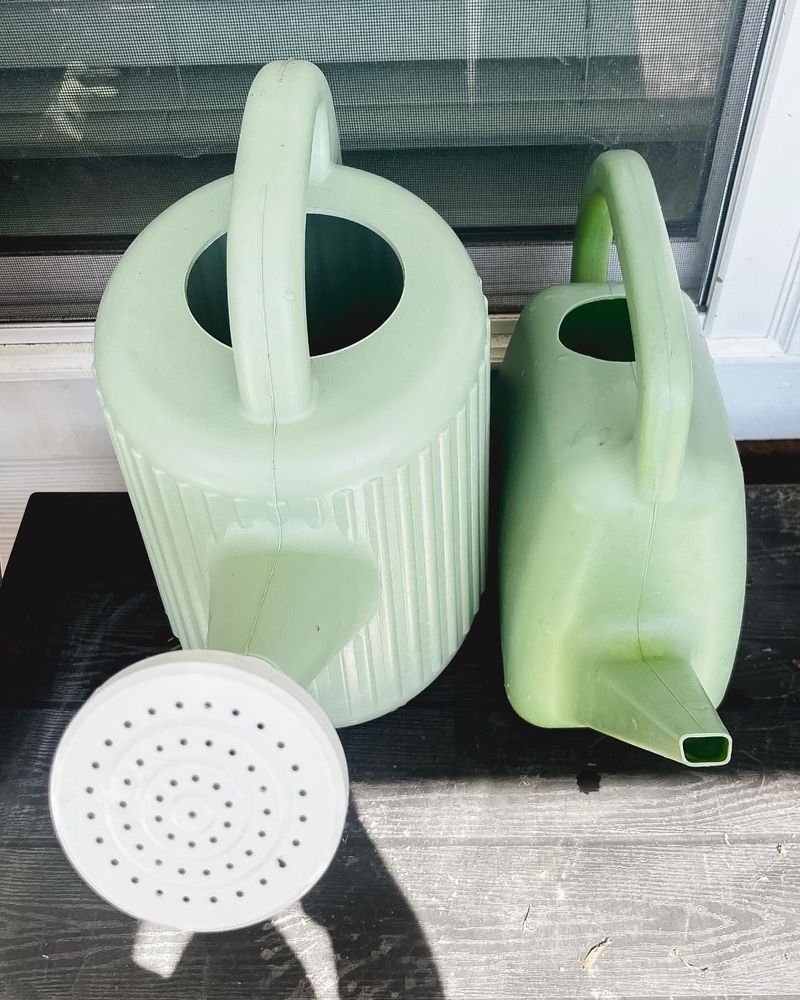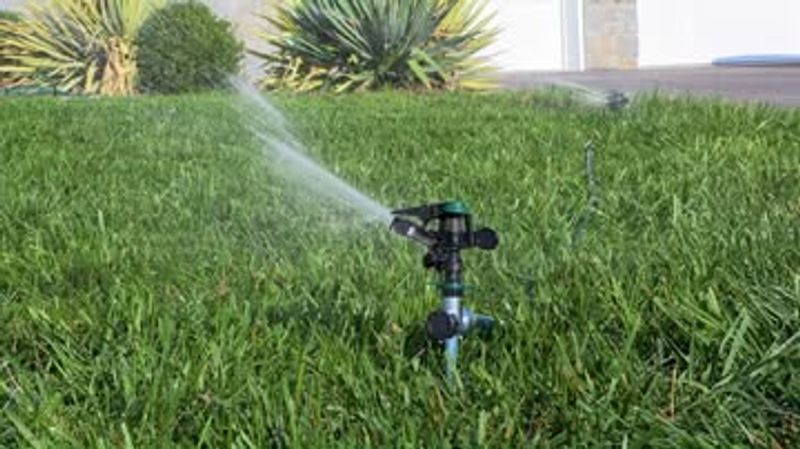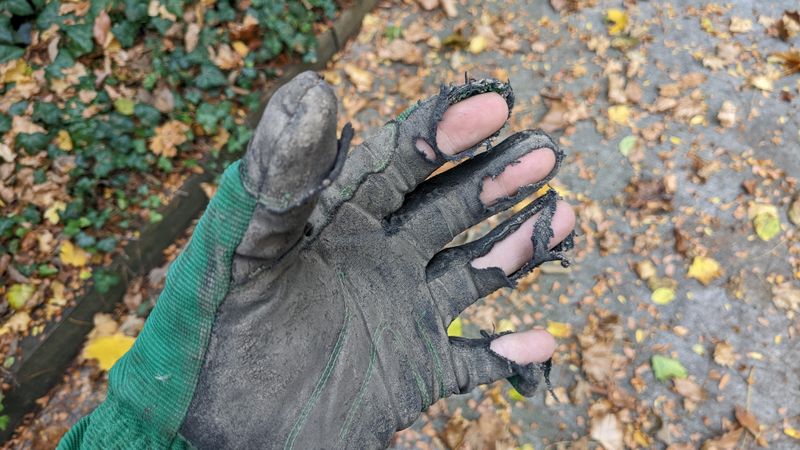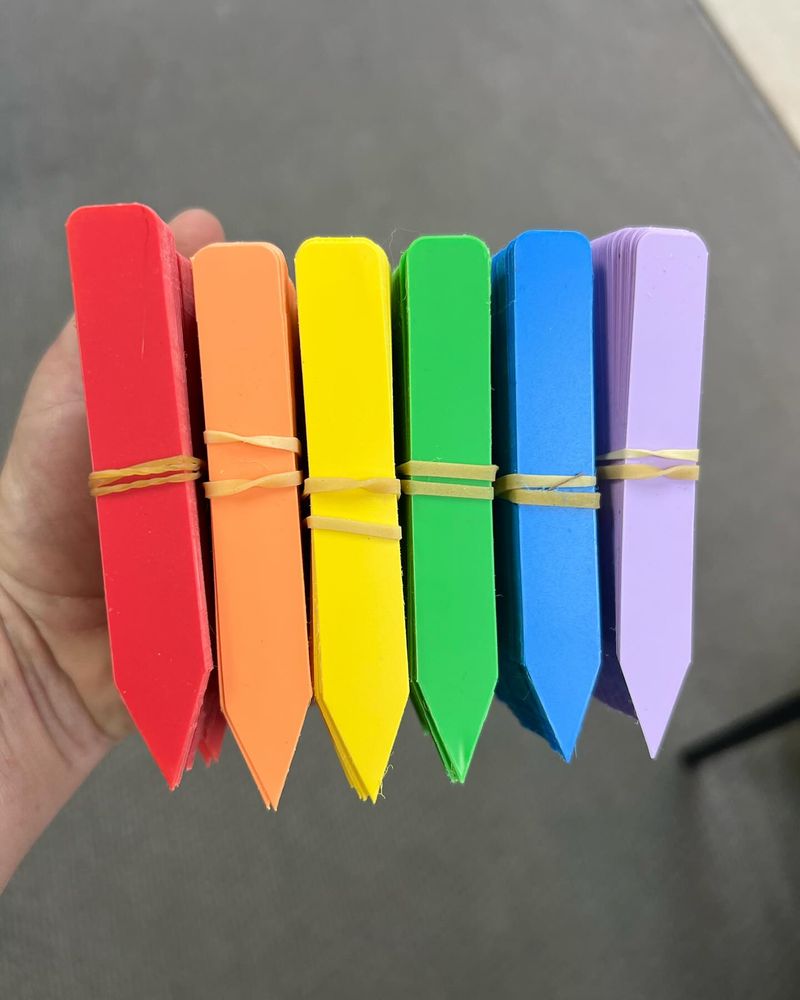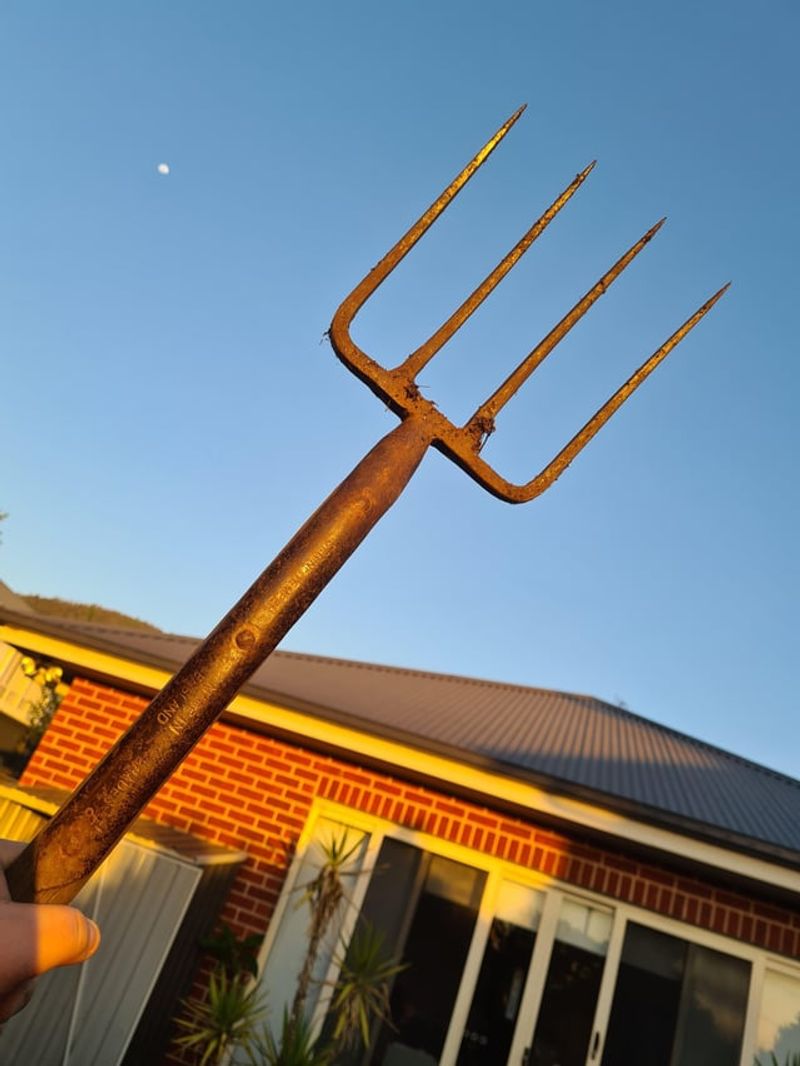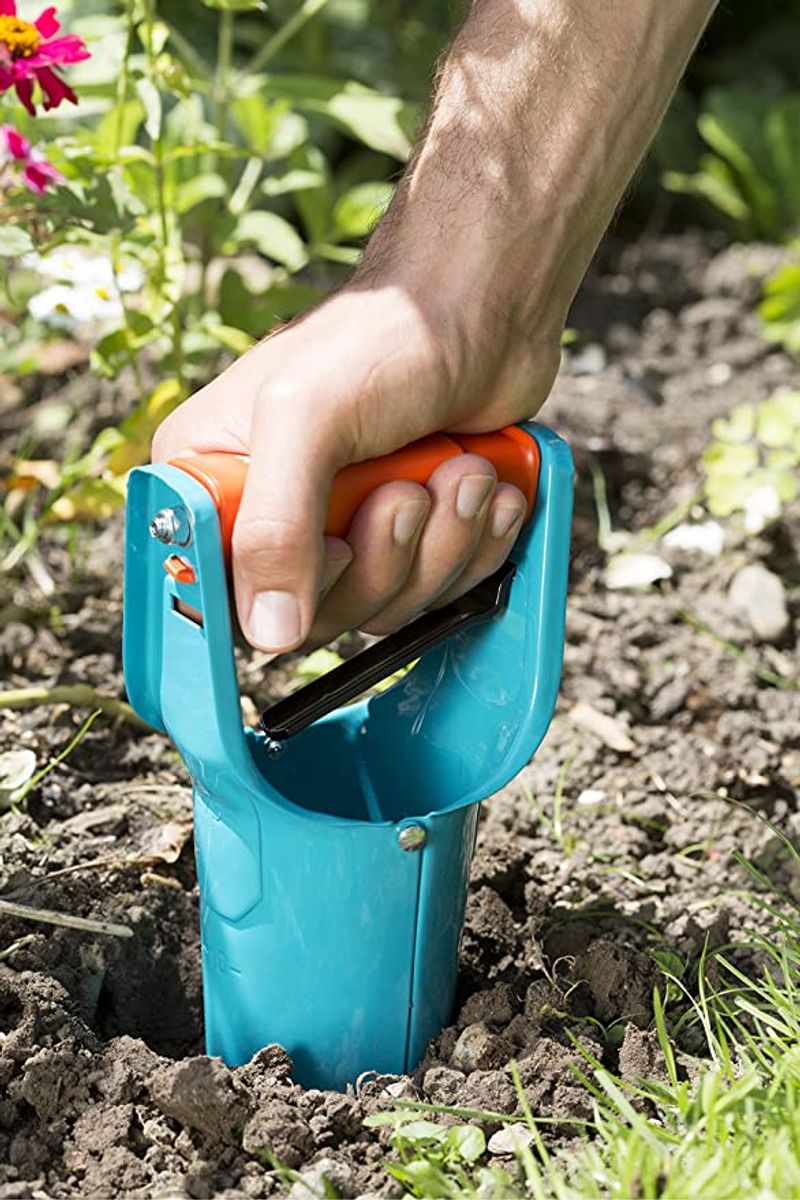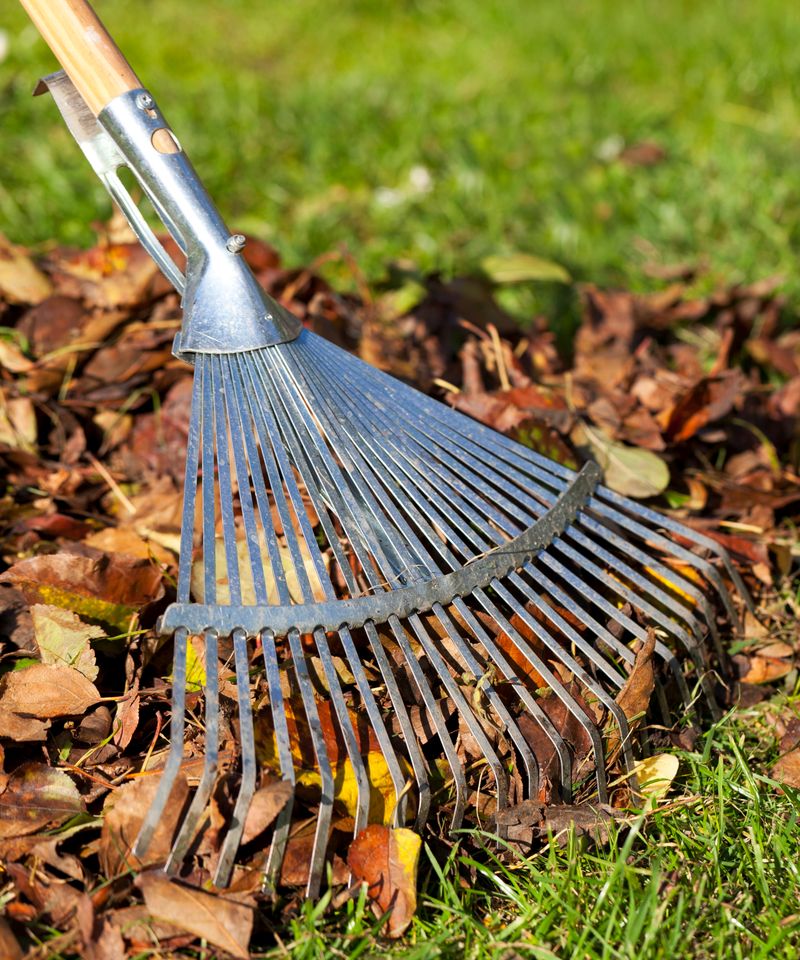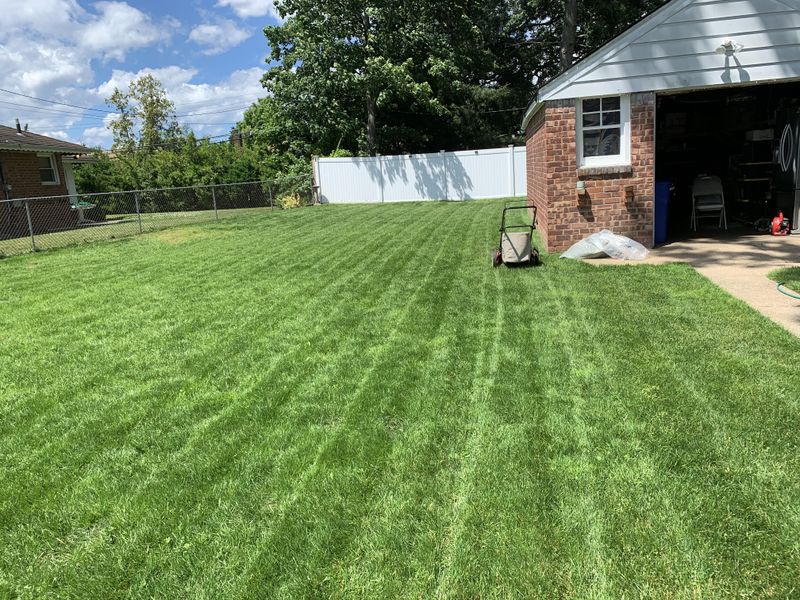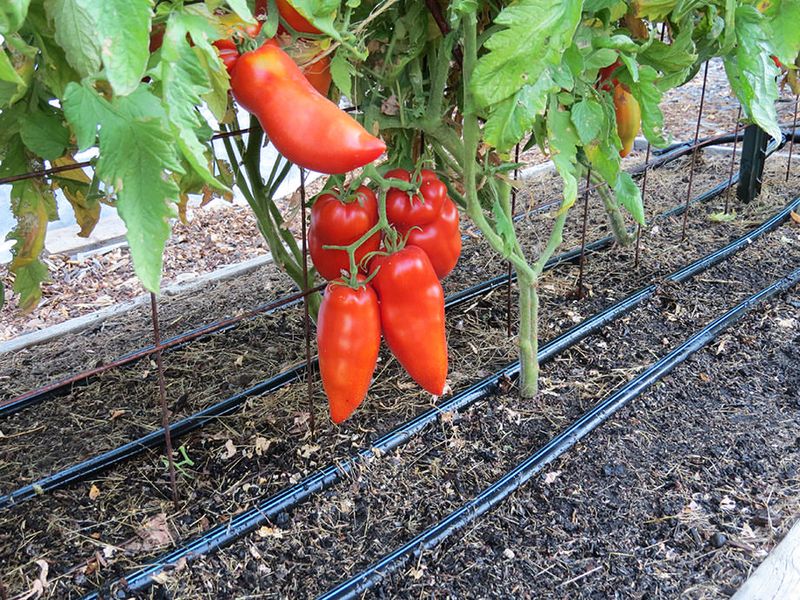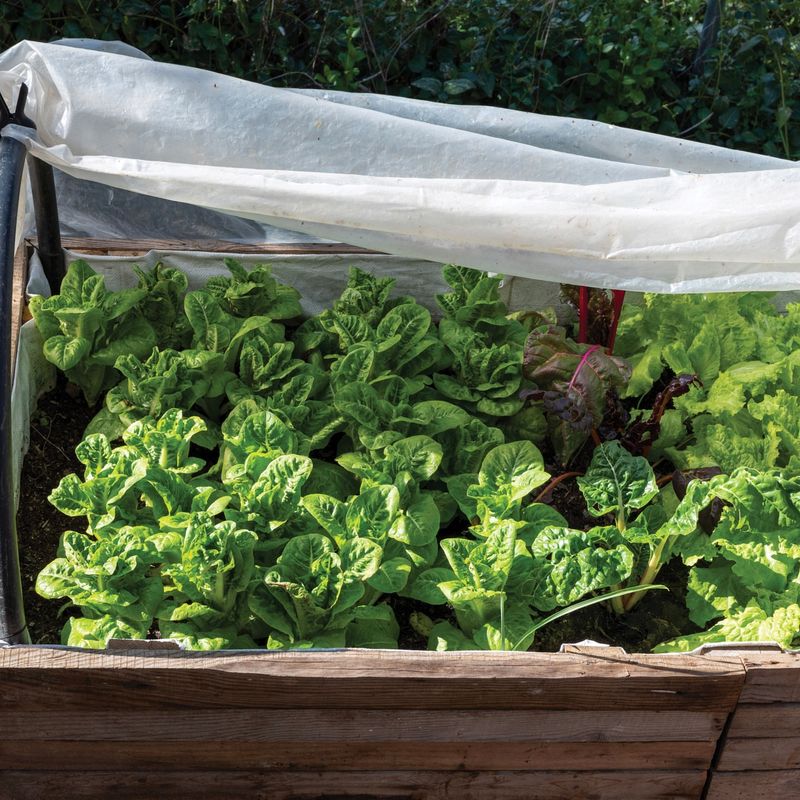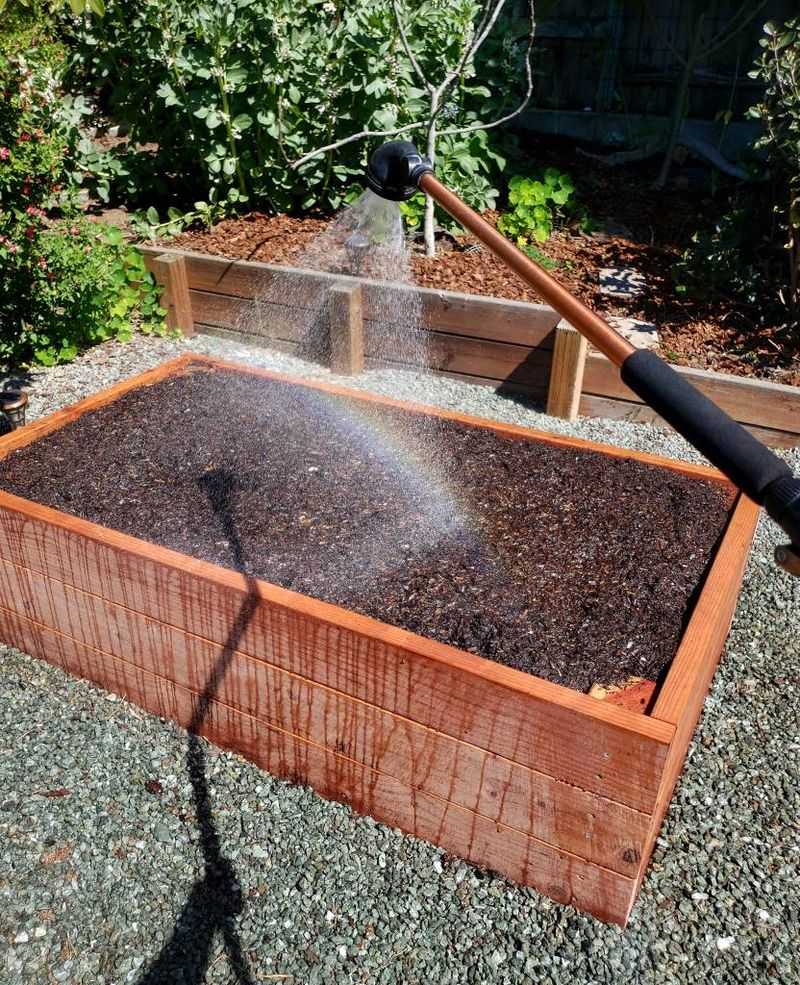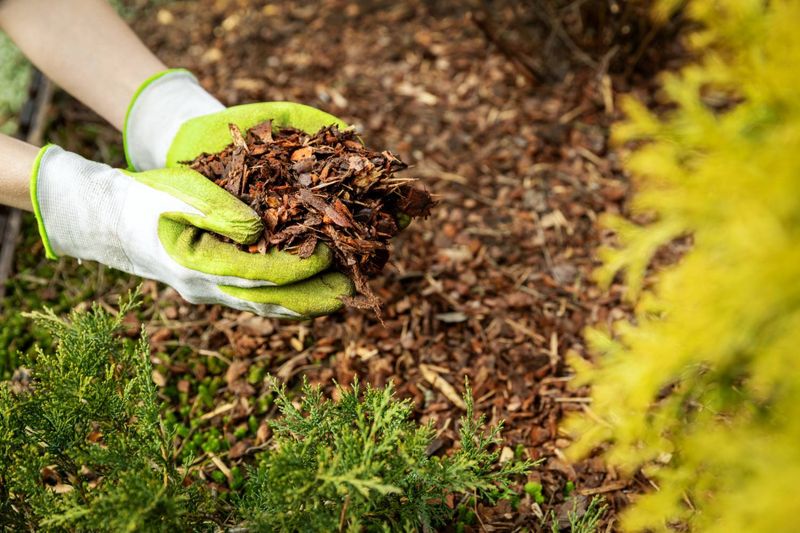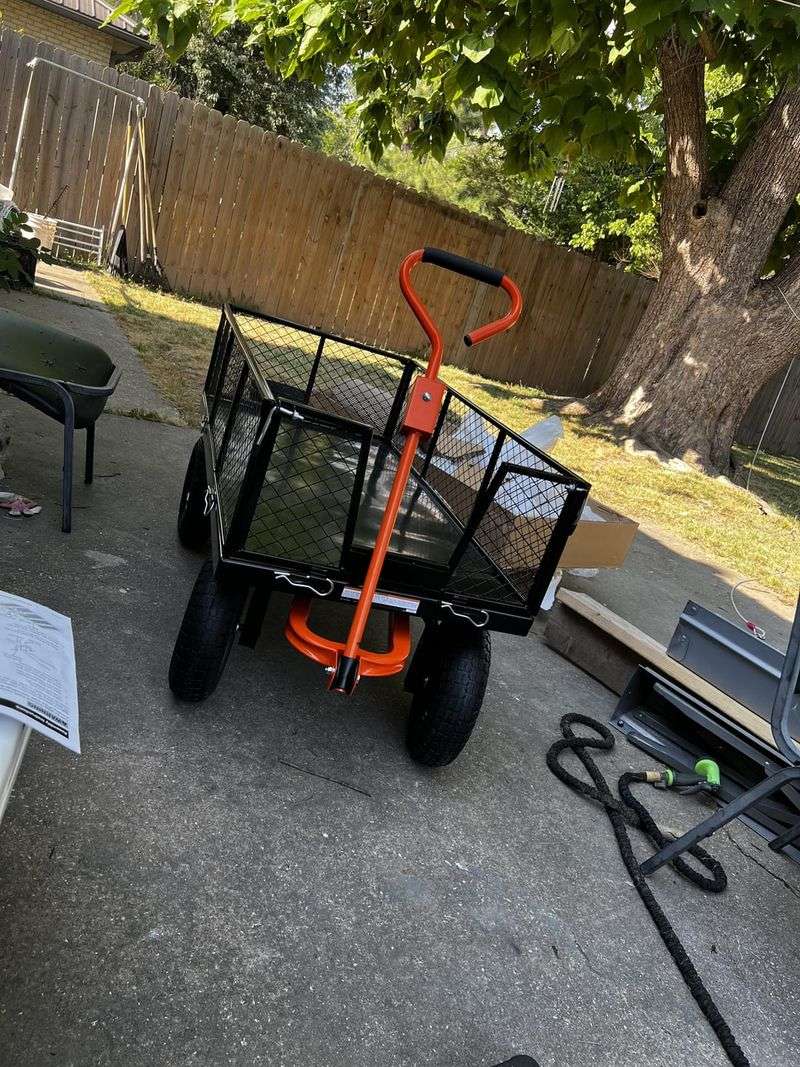By July, the garden shifts gears—and some tools that were stars in spring start to lose their shine. That hand cultivator? Great for early soil prep, but less useful once roots spread and beds thicken.
Now’s the time to rethink what really helps in the heat. Instead of spring-heavy gear, lean into summer-friendly solutions like deep watering wands, shade cloths, or drip irrigation. These options cut down on plant stress and save you energy during those scorching afternoons.
With your garden in full swing, the right tools can make everything smoother. Swapping out seasonal extras for hot-weather essentials keeps your plants thriving—and gives you a break from battling the sun.
1. Seed Starting Trays
By midsummer, these plastic containers have long served their purpose. Most plants should already be established in your garden beds, making seed trays redundant until fall or next spring’s planning begins.
Many gardeners store these away by June, freeing up valuable shed space. The few seeds worth starting in July (like fall crops) often do better direct-sown into warm soil anyway.
I’ve learned to repurpose mine as temporary holders for plant divisions or as drip trays under potted plants suffering from the heat.
2. Heavy Garden Cloche
Those charming glass or plastic bell covers that protected tender seedlings in spring now trap excessive heat. Using them in July’s scorching temperatures creates mini-saunas that cook rather than coddle your plants.
During a recent heatwave, my neighbor accidentally left her cloches on overnight and returned to wilted, steam-cooked lettuce seedlings the next morning. The greenhouse effect becomes too intense in peak summer.
Now I use mine as decorative elements in shady parts of the garden or store them until the cooler fall weather arrives.
3. Traditional Watering Can
The quaint metal watering can that looks perfect in spring becomes an exercise in futility by July. Plants need significantly more water during intense heat, making the multiple trips required with a standard can inefficient and exhausting.
After spending an hour making countless refill trips during last year’s heatwave, I finally accepted that watering cans simply can’t deliver the volume needed for established summer gardens.
Mine now serves as a charming porch decoration filled with trailing petunias while I rely on more practical watering solutions for the actual garden beds.
4. Standard Lawn Sprinkler
Regular overhead sprinklers waste precious water in July’s heat through evaporation before it reaches plant roots. Water droplets on leaves during intense sunshine can also create a magnifying glass effect, potentially burning foliage.
After seeing my water bill skyrocket while my plants continued struggling despite daily sprinkler sessions, I realized this method wasn’t working. Much of the water was simply evaporating into the hot air.
The standard sprinkler now only comes out for occasional lawn refreshing or the kids’ summer fun – not for serious garden irrigation.
5. Lightweight Garden Gloves
Those cute, thin cotton gloves that worked perfectly in spring become nearly useless by July. Thorny weeds easily penetrate them, while the fabric quickly soaks through with sweat, making them uncomfortable and ineffective.
Last summer, I went through three pairs in a single month as they tore on established thistles and brambles that had gained strength through the growing season. The thin material simply couldn’t handle summer’s robust growth.
My lightweight gloves now stay in the drawer until fall cleanup, when gentler conditions return to the garden.
6. Plastic Plant Markers
Those helpful little plant tags become faded, brittle disasters by midsummer. July’s intense UV rays break down the plastic and bleach away any writing, leaving you guessing about what’s planted where.
After spending spring meticulously labeling everything only to find unreadable markers by July, frustration set in. The cheap plastic versions rarely survive a full season in direct sunlight.
My collection of sun-damaged, cracked markers serves as a reminder to invest in more durable solutions or simply take better garden notes.
7. Standard Garden Fork
The fork that effortlessly turned spring soil becomes nearly impossible to use in July’s hard-baked ground. Attempting to penetrate sun-hardened soil often results in bent tines or strained muscles rather than productive gardening.
During last summer’s attempt to plant a late crop, my trusty garden fork bounced off the clay soil like it was concrete. Even with significant force, it barely made a dent in the compacted earth.
Now I leave serious digging for seasons with more cooperative soil conditions and focus on surface maintenance during the heat.
8. Bulb Planter
This specialized tool sits utterly useless in July when the soil is too hard and it’s entirely the wrong season for most bulb planting. Its narrow design that works perfectly in fall becomes impractical in summer’s compacted ground.
After bending my favorite bulb planter trying to create holes for some late lilies last July, I learned my lesson. The specialized tool simply isn’t designed for summer’s challenging soil conditions.
Mine stays safely in storage during the hot months, waiting for fall when both the soil and the seasonal timing make it relevant again.
9. Delicate Leaf Rake
The spring cleanup rake with flexible tines sits idle by July. Summer gardens need minimal leaf collection, and the lightweight design proves ineffective against established weeds or for moving heavier summer mulch.
After attempting to use my leaf rake to clear some garden debris last July, the tines bent under the weight of wet clippings and established root masses. The tool simply isn’t designed for summer’s robust garden waste.
My leaf rake now enjoys a summer vacation in the shed until fall’s leaves begin to drop and its specialized design becomes valuable again.
10. Hand Seeder
Precision seed dispensers become largely irrelevant by July when most planting is already established. The few seeds still being sown are typically larger varieties that don’t require the delicate touch these tools provide.
After carrying my hand seeder to the garden for fall crop planting last July, I realized I hadn’t used it in weeks. The device that seemed essential in spring had become an unnecessary complication for midsummer gardening tasks.
These days, I set it aside after spring planting season and rely on simpler methods for the few seeds that go into the ground during peak summer.
11. Drip Irrigation System
Unlike the previous items, a drip irrigation system becomes invaluable in July’s heat. Delivering water directly to plant roots minimizes evaporation and ensures deep soil penetration, exactly what plants need during hot weather.
After switching from sprinklers to drip lines, my water usage dropped by nearly 40% while my plants looked healthier than ever. The slow, steady moisture delivery matches what summer gardens actually need.
Setting up my system with a timer means I can travel for a weekend without returning to crispy plants – something unimaginable with other watering methods during July heat.
12. Shade Cloth and Clips
These simple fabric barriers become garden lifesavers in July, protecting sensitive plants from scorching sun. Unlike spring’s need for maximum light, midsummer often requires strategic shading to prevent leaf burn and water stress.
When the heatwave hit last summer, my lettuce patch was on the verge of bolting until I installed a 30% shade cloth. The temperature difference underneath was remarkable, extending my harvest by weeks.
The adjustable nature of shade cloths means they can be moved or removed as needed, making them perfectly adaptable to July’s changing conditions.
13. Long-Handled Watering Wand
This extended tool becomes essential when July growth reaches its peak height. The extra reach allows precise watering of hanging baskets, tall tomatoes, and back-row plants without stretching or stepping on garden beds.
During last summer’s container garden maintenance, my watering wand made it possible to deliver moisture exactly where needed, even to plants that had grown impressively tall. The gentle shower setting prevented soil erosion around established roots.
The water control valve at handle-level saves countless trips to the spigot, a particularly welcome feature during July’s energy-sapping heat.
14. Heavy-Duty Garden Mulch
Quality mulch becomes absolutely critical by July when moisture retention makes the difference between thriving plants and crispy failures. A thick layer helps maintain soil temperature and dramatically reduces watering needs.
After applying three inches of hardwood mulch to my vegetable beds last July, I cut my watering schedule in half while maintaining healthier plants. The protective layer prevented the rapid soil drying that previously occurred between waterings.
The weed suppression benefit becomes even more valuable in summer when unwanted plants grow at remarkable speeds and compete for precious moisture.
15. Collapsible Garden Wagon
A sturdy garden cart becomes indispensable during July’s intensive harvest and maintenance period. Moving tools, collecting vegetables, and transporting heavy water containers requires reliable support when the heat already taxes your energy.
After struggling to carry multiple harvesting baskets across the yard last summer, I invested in a collapsible wagon. The difference was immediate – I could move everything in one trip instead of making multiple exhausting journeys in the heat.
The ability to fold it away when not needed means it doesn’t take up precious storage space like rigid garden carts.

